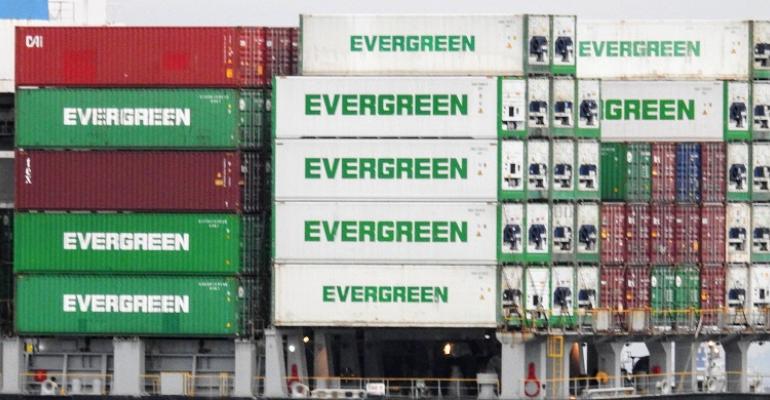Growth in empty repositioning since 2019 had seen an increase of 20% in terms of teu moved in 2023 compared to four years ago, but also the growth in full containers has increased globally by 2.5%, with an 8% increase in teu miles, according to one analyst using Container Trade Statistics.
“The need to move empty containers has grown significantly more than the need to move full containers, with the back-haul trades growing 2½ times faster,” wrote the analyst.
Speaking to Seatrade Maritime News anonymously one European freight forwarder debunked this view. “We move containers out of Asia and China to Europe and the US and we have had no problems getting empties,” he said.
The forwarder said he did not use the European lines, but instead booked with Cosco, HMM, Yang Ming and Evergreen mainly, and had no difficulties returning empties to ports either, compared to two years ago when empties had been stored off-site from ports as the empty boxes stacked up in destination terminals.
Darron Wadey at analysts Dynamar said that the number of empty boxes was close to the 2021 record, “when everything went supernova”, with CTS figures showing a 7% increase to 36.5 million teu.
“Yet, despite the similarities in size of the global imbalance, we are not experiencing the anything like the same mass hysteria of 2021 with everybody trying to secure apparently scarce container equipment,” explained Wadey.
This year’s imbalance the extreme nature of the 2021 experience has softened considerably as the key US imbalance, in all trades, has reduced considerably more than Europe’s imbalance has expanded.
What is more the “total imports to these two regions – the headhaul routes – are also smaller than in 2021,” said Wadey.
“In fact global cargo volumes have shrunk or maintained station since 2021. Yet, over the same period, the container equipment fleet has kept growing,” he added.
Dynamar analysis shows the growth of the container fleet has outstripped container trade volumes by an average of 2.5% a year, for the last nine years.
“There should be sufficient flexibility within the system, to service the global demand for equipment and avoid a repetition of 2021’s scramble for container boxes, and any extra costs related to any perceived shortage,” concluded Wadey.
Xenata’s chief analyst Peter Sand said that the backhaul routes need to be understood on a regional basis, and while on the Pacific the backhaul trade remains the “baby brother” in a one-sided trade, the Red Sea crisis had seen the Europe to Asia rates double to perhaps $1,000 per feu.
Emily Stausbøll, Xeneta market analyst, said: "Major trades from the Far East into Europe and the US have been the main focus during the Red Sea crisis but the backhaul trades have also been impacted.
"Similarly to the fronthaul trades, spot rates on the backhauls have been softening slightly in recent weeks as everyone adjusts to the new service schedules and it seems more apparent there is enough capacity to manage this demand."
Xenata’s own backhaul rate analysis shows that all three major east/west trades have seen a slight softening of rates on their backhaul legs. Out of the US rates had slipped to $892 from $933 high in January.
Atlantic backhaul rates out of the US were dipped to $563 per feu, and even the Europe to Asia trade, which has seen the biggest impact from the Red Sea crisis, had declined from a January high of $1,017 to $926 per feu.
“If there are rising costs for repositioning, these might be related to specific trades. Asia-Europe would certainly be one considering that its imbalance is indeed growing and because the (reverse) logistics supply chain has lengthened following the Red Sea diversions. Again though, such extra costs would not be because of insufficient numbers of boxes, and would be route specific,” said Wadey.
Drewry’s Simon Heaney also reported similar results, with the major trades all flat at the moment, with the Red Sea diversion meaning that the returns were taking longer to make it back to Asia.
Hong Kong analyst Linerlytica today reported that the “freight rate correction gathered pace,” as “carriers failed to defend their pre-Chinese New Year gains.” The analyst said the Shanghai Container Freight Index had subsided by 6.2% over the past week.
Weak demand meant carriers had not been able to mount a “serious GRI attempt for 1 March, ahead of the annual contract negotiations”.
Copyright © 2024. All rights reserved. Seatrade, a trading name of Informa Markets (UK) Limited.
Add Seatrade Maritime News to your Google News feed.  |

